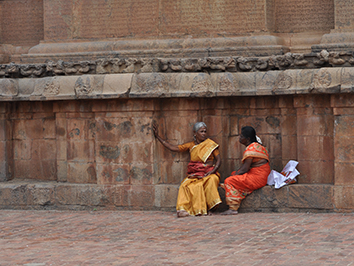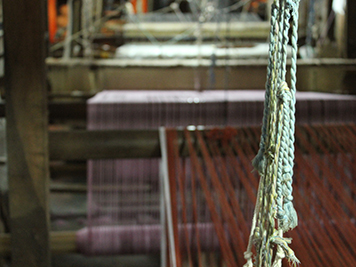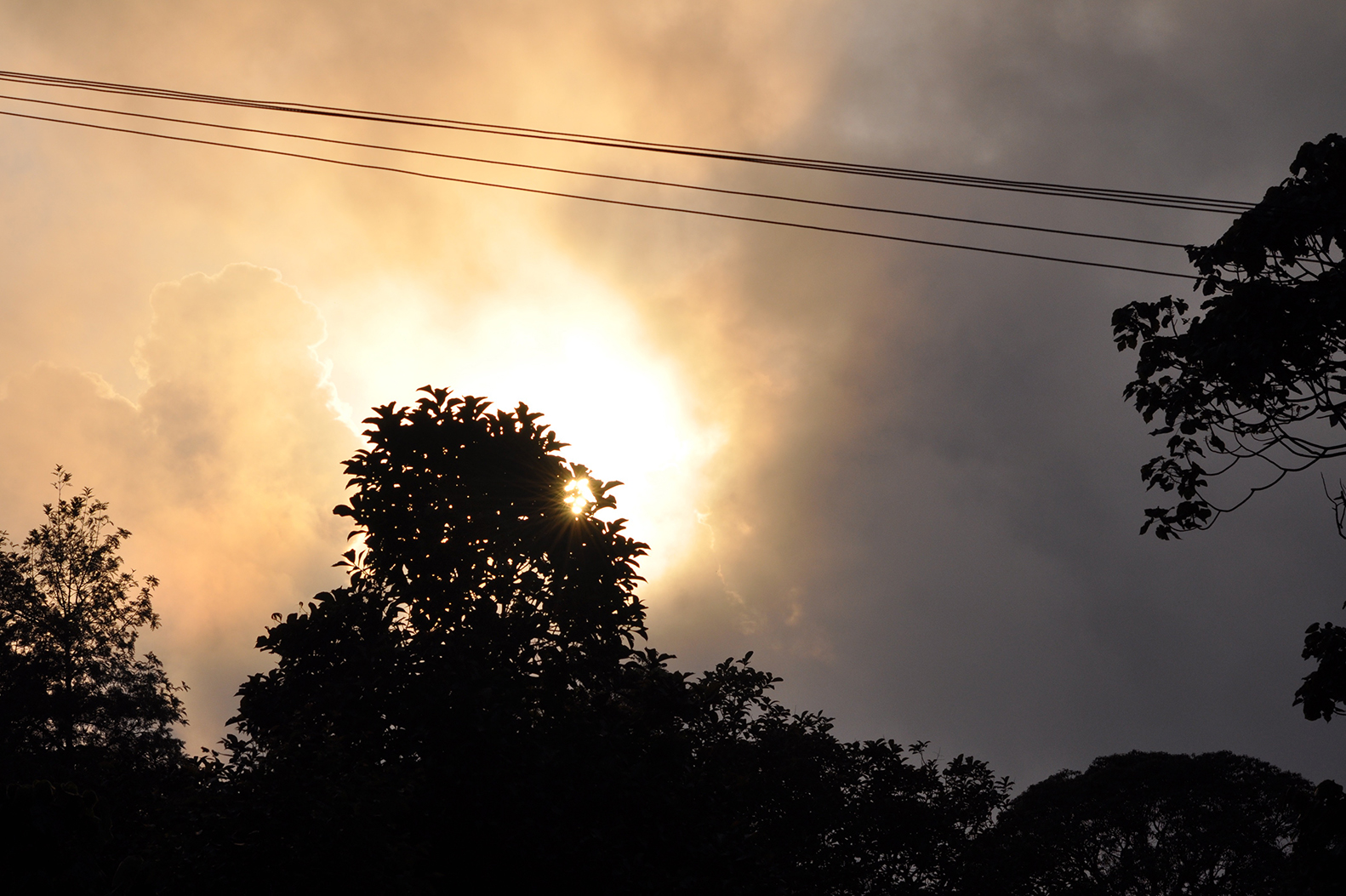
In Between Chores
One of the things that struck me when travelling through south India was the importance of ritual in everyday life...
Narrative • South India

Threads of a Culture
As one travels through the roads of India, they experience a sense of being overwhelmed. There is a lot happening at any given point of time...
Narrative • South India

Monuments of Minimalism
This journey across the North and West explores the phenomenon of modern architecture that gripped India during the 20th century...
Bespoke Journey • North India

Of Myth and Mist
A classic journey exploring the many cultures that exist in Northeast India, through the states of Assam, Meghalaya, and Nagaland...
Bespoke Journey • East India

Fateh Garh
A luxury boutique hotel perched on the edge of the Aravalli hills that run through the city of lakes...
Hotel Guide • North India

The Secret Life of Threads
Entering the hushed, almost religious concentration, a myriad of colours pluck the cords of my emotions. An indefinable smell...












